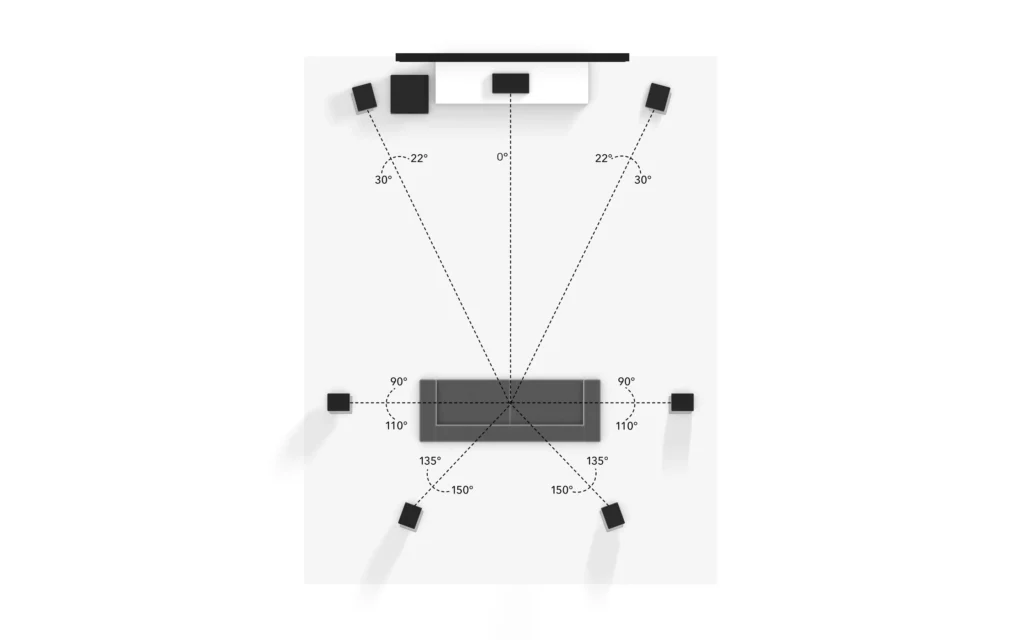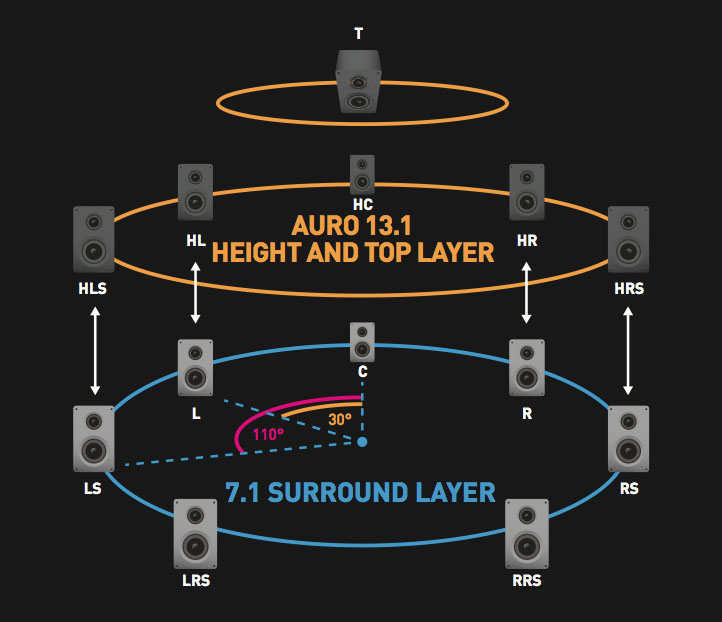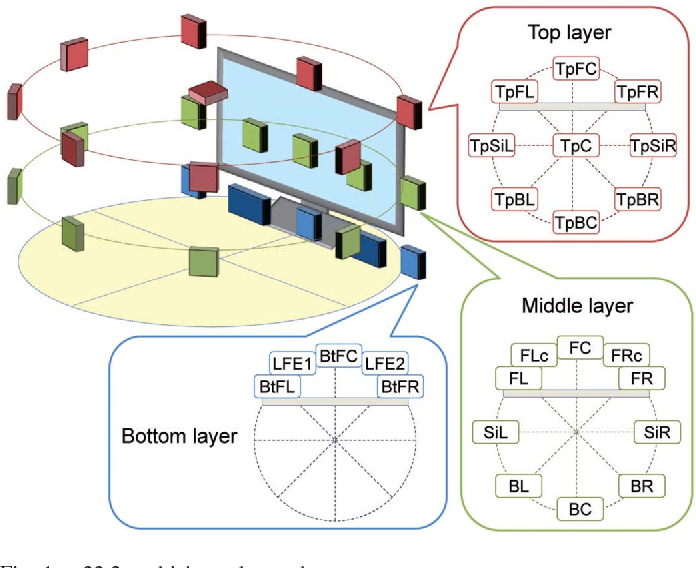Ich habe mich für das Thema Design mit Augmented Reality verbunden und möchte dabei nicht nur die Techniken von Augmented Reality erlernen, sondern auch untersuchen, ob diese Art von Design oder Kombinationen mit den uns im Alltag bekannten Designmethoden und Stilen zukunftsträchtig ist.
Der Begriff der AR (Augmented Reality) kam das erste Mal in den 1960er-Jahren vor bzw. wurde in den 1960er-Jahren erstmals definiert. Im Deutschen wird neben dem englischen Begriff Augmented Reality und der Abkürzung AR auch oft der Begriff Aufmontierte Realität verwendet. In manchen Texten kann man auch die Wortzusammensetzung “erweiterte Realität” finden. Selten liest man die Abkürzung ER. (Dörner 2019:37) Trotzdem gibt es in der Definition starke Unterschiede. Wichtig ist jedoch eine Unterscheidung zur VR (Virtual Reality). Im Gegensatz zur AR tritt man bei der VR in eine ganz neue Welt ein mittels technischer Hilfsmittel, wie zum Beispiel VR Brillen. Bei der AR hingegen wird die Realität nur mit Aspekten der Virtualität bestückt. Es wird also die Realität um virtuelle Inhalte erweitert. (Dörner 2019:36)
Ein AR-System verfügt über drei charakteristischen Merkmale: Es kombiniert Realität und Virtualität, es ist interaktiv und in Echtzeit, die virtuellen Inhalte sind im dreidimensional dargestellt. Während der zweite Aspekt auch auf VR zutrifft, unterscheiden sich die anderen beiden Aspekte deutlich von VR.
“Die Kombination von Realität und Virtualität erfolgt in der Regel durch die Überlagerung der Realität um (künstliche) virtuelle Inhalte. Dies bedeutet, dass ein Betrachter (der AR-Nutzer) gleichzeitig seine reale Umgebung und die darin liegenden virtuellen Objekte als ein Ganzes wahrnimmt.“ (Dörner 2019:36)
Ziel der Augmented Reality ist es, dass im „Extremfall eine Unterscheidung zwischen realen und virtuellen Eindrücken nicht mehr möglich ist.“ (Dörner 2019:37) Um dies zu erreichen, soll das Objekt, welches der Nutzer wahrnimmt, sich möglichst so verhalten wie auch andere natürliche Objekte in der selben Umgebung. Deshalb sind kleine Details wie Perspektivenänderungen und somit die Einbettung in einen anderen Teil der Umwelt sind essentiell für die Wirkung von Augmented Reality Objekten und zählen zu den Faktoren Interaktivität und Echtzeitfähigkeit. (Dörner 2019:37f.)
Oft wird angenommen, dass die Augmented Reality sich lediglich auf visuelle Eindrücke beschränkt, es ist jedoch auch möglich auditive, olfaktorische, gustatorische, haptische (inklusive taktile), vestibuläre, propriozeptive, thermozeptive und nozizeptive Wahrnehmungen in der Augmented Reality anzusprechen. Wichtig ist, dass man sich wieder daran erinnert, dass das Ziel der Augmented Reality nicht ist eine neue Realität zu erschaffen, sondern lediglich die Realität mit virtuellen Sinneseindrücken zu ergänzen. (Dörner 2019:37f.)
Quellen:
- Virtual und Augmented Reality (VR/AR) : Grundlagen und Methoden der Virtuellen und Augmentierten Realität – Ralf Dörner
- http://educationaltechnology.wooster.edu/ar-posters/
- https://medium.com/@devdevcharlie/how-to-create-augmented-reality-posters-with-unity-vuforia-ec80a82e6d51
- Creating Augmented and Virtual Realities: Theory & Practice for Next-Generation Spatial Computing: Theory and Practice for Next-Generation Spatial Computing – Erin Pangilinan


